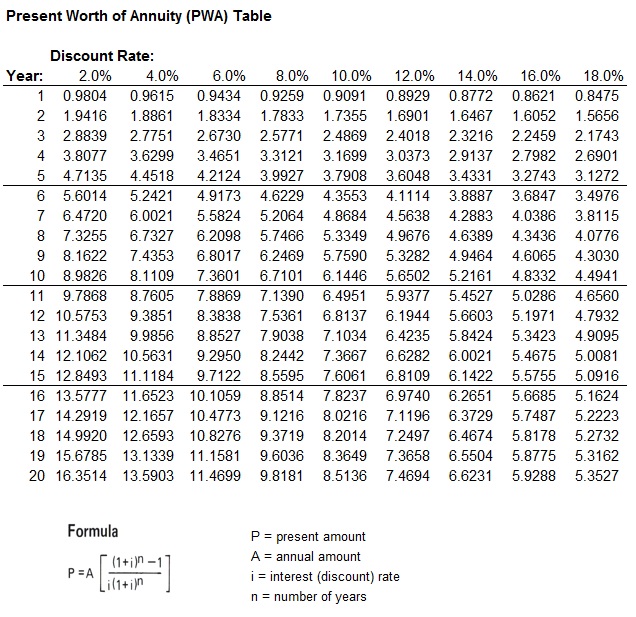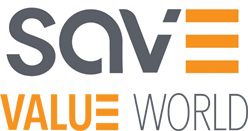By Stephen Kirk, CVS Life, FSAVE, FAIA, LEED AP – Vice President – Education, SAVE International
One of the core competencies of the value methodology is an understanding of “cost analysis” or the economics of a project, product, or process.
Several economic techniques are being addressed in this cost analysis series. These include:
- Payback Period (see February 2018, Value World)
- Breakeven Analysis (see March 2018, Value World)
- Return on Investment (this month)
- Life Cycle Cost Analysis (next month)
“Breakeven analysis” was addressed last month. It determines the point (year) both alternatives have the same cumulative total cost.
This month “return on investment” is discussed.
Return on Investment
Return on investment determines the percent return on an investment to an owner over a certain period of time (in years).
Using the example from last month, suppose a family is considering adding solar panels to their home to reduce energy costs. The alternatives being considered are as follows:
Alternative 1: Family continues to purchase all energy from the electricity utility company
Alternative 2: Family purchases solar collector system which results in reducing the amount of purchased energy from the electrical utility company
A solar power company informed the family their home, based on its size, would require a 10 KW system. This would cost approximately $2,000 per KW or $20,000 total. Federal and state tax credits would reduce the system cost to about $15,000. Using the solar system, the family is expected to decrease their electrical utility bills for energy by approximately $3,000 per year.
Let’s say the owner wants to know the return on investment over 10 years.
The initial investment for the solar collector system after tax credits is $15,000. The annual savings is $3,000. The ratio of initial cost/ annual savings is 5.00.
Refer to the following present worth of annuity table to identify a PWA factor near 5.00 on the 10 year row. This number is between 14% and 16%. By interpolation it is approximately 15.1% return on investment.

If the investment is to be returned over a shorter period, say 6 years, then the ROI is between 4% and 6%. By interpolation it is approximately 5.5% return on investment.
If the investment only saved $2,000 per year, the PWA factor would be 15,000/ 2,000 = 7.50. For a 10 year investment the number is between 4% and 6%. By interpolation it is approximately 5.6% return on investment.
Decision Considerations
The decision as to whether to select the solar alternative has several considerations. Does the family have $15,000 to invest? Is a return on investment over 7 years of 5.5% acceptable compared with other family investment opportunities? Would a return on investment over a 10-year period of 15.1% be acceptable? Is the risk of the actual savings being lower than $3,000 per year, resulting in a lower ROI, low enough for the investment to still be a good choice?
How many years will the solar system last? What is the required maintenance on the solar system? Will the utility company continue to buy back excess electricity generated from the solar system? Is the family also interested in improving the environment by using solar power?
